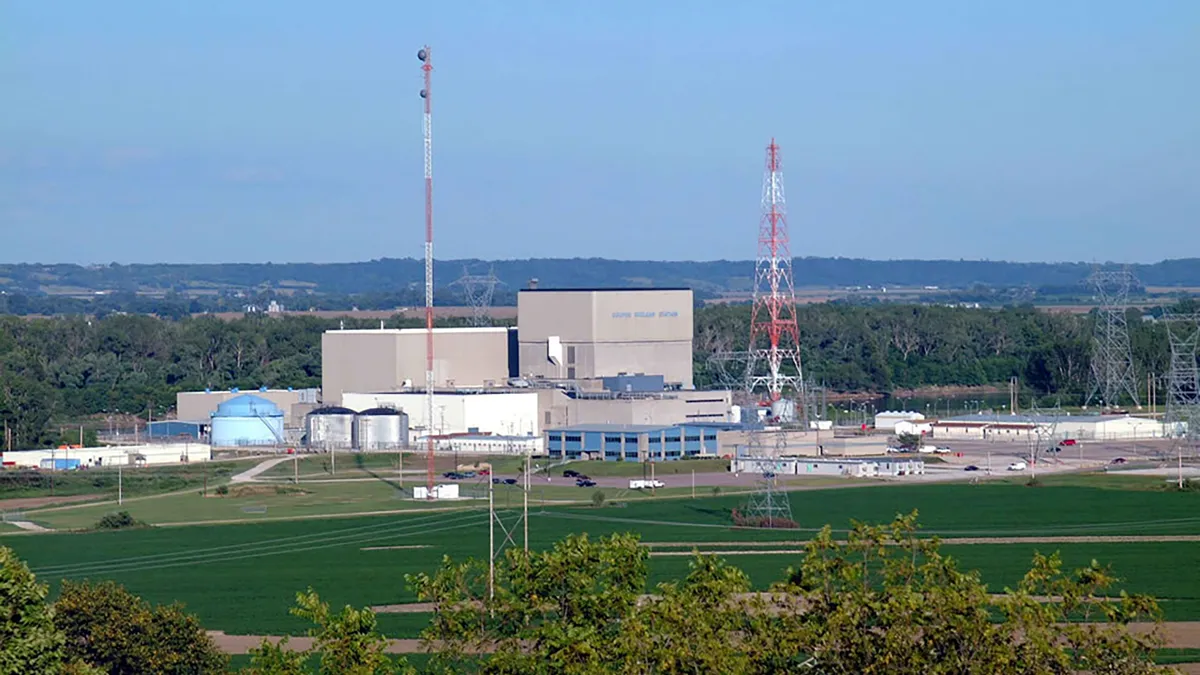Nebraska Public Power District is studying possible sites for small modular reactors, using $1 million in federal pandemic aid for low-income communities affected by weather threats to grid resilience.
As an owner of Cooper Nuclear Station, NPPD qualified to apply for the American Rescue Plan Act funding. Its proposal was approved Jan. 6 by the Nebraska Department of Economic Development.
“We are always looking at new technologies and what innovations are being made in the field of energy generation,” said Roman Estrada, generation research senior program manager at NPPD.
The study will not result in the immediate construction of an advanced small modular reactor, but “will give us a great look at potential areas in the state where this technology could be sited,” he said.
Funding was authorized in state legislation. State Sen. Bruce Bostelman, R, the bill’s sponsor, said ARPA can be used to reduce COVID-19’s economic impacts on low-income communities. He cited problems with Nebraska’s grid resilience in February 2021 that led to rolling power outages and interrupted health care provision, drinking water purification and employment.
“These communities were already dealing with COVID-19 effects,” Bostelman said, “and then on top of [that], their employers were shut down as a result of electrical power outages throughout the state.”
In addition, the harsh weather resulted in a loss of farm animals and the temporary shutdown of processing facilities, he said.
“All of which points to a need for a weather-resilient, green source of power for businesses, homes and the medical industry, Bostelman said.
Daniel Buman, director of nuclear oversight and strategic asset management at NPPD, testified before lawmakers in support of the proposal on behalf of NPPD and the Nebraska Power Association, which represents the state’s public power utilities.
The first phase of the study involves a Nebraska-wide assessment to determine the best sites based on geographic data and preliminary licensing criteria. Key considerations include access to water and transmission lines. This phase is estimated to be completed this spring.
The second stage calls for an “in-depth evaluation” and will focus on reducing the number of sites to four. It will include detailed field environmental and construction evaluations based on criteria used by the Nuclear Regulatory Commission when licensing nuclear plants. It’s expected to take about a year to complete.
More than 62% of energy generation by NPPD on average in 2020-2021 was carbon free, with nuclear power accounting for 47%. Hydro and wind made up the remainder. Coal accounted for more than 22% of energy generation and gas and oil comprised 4.5%.















